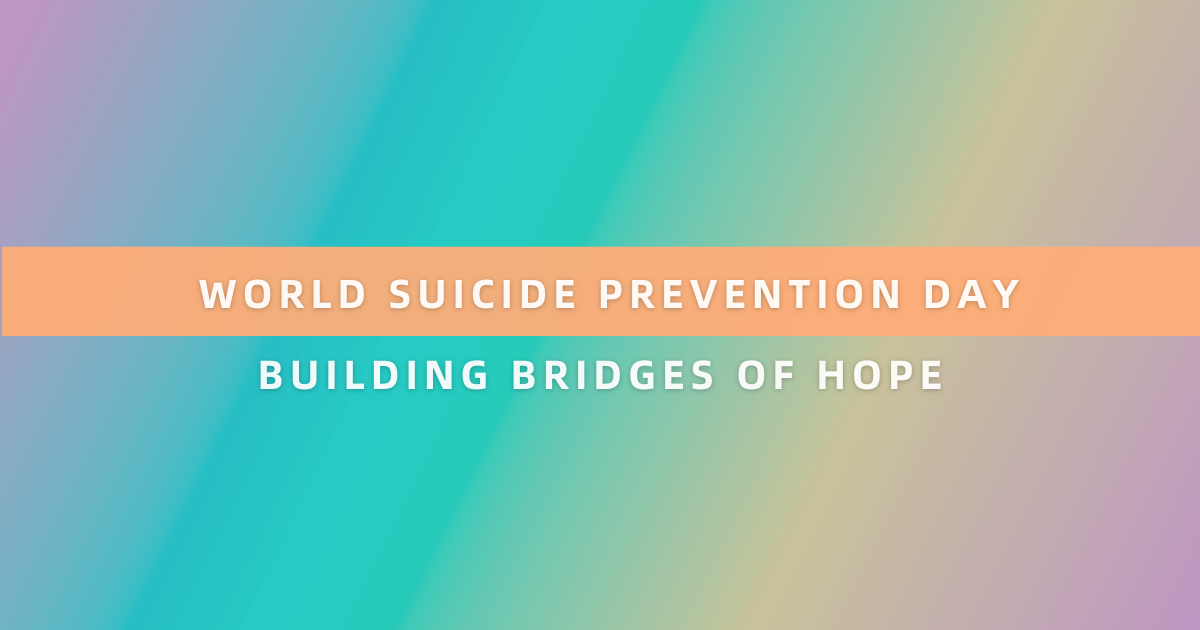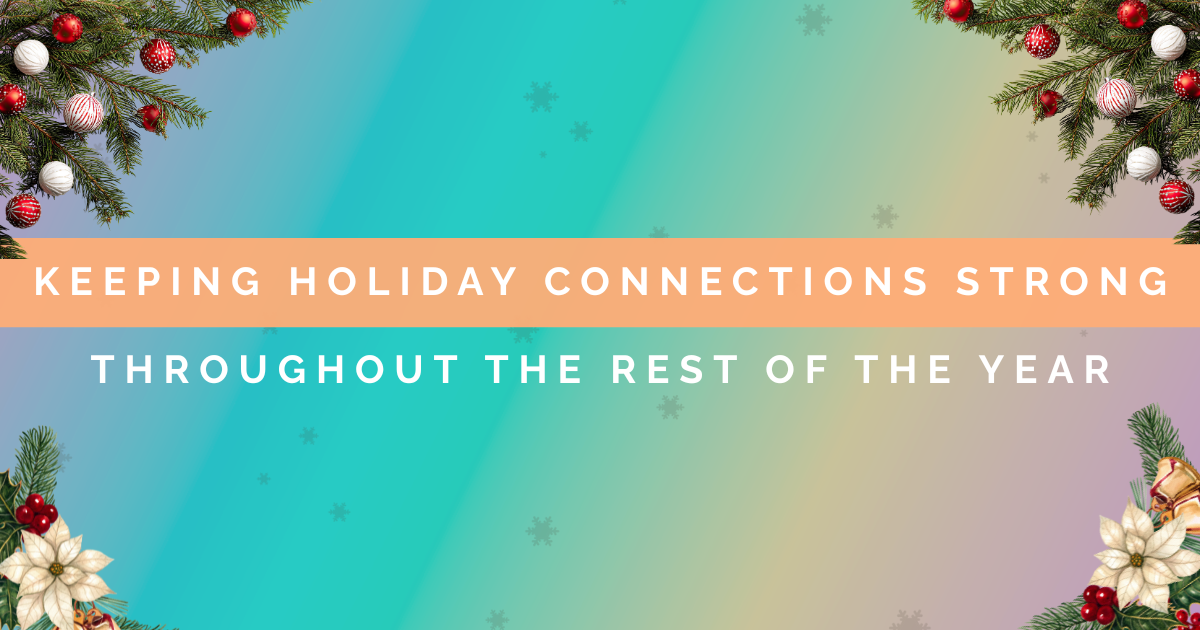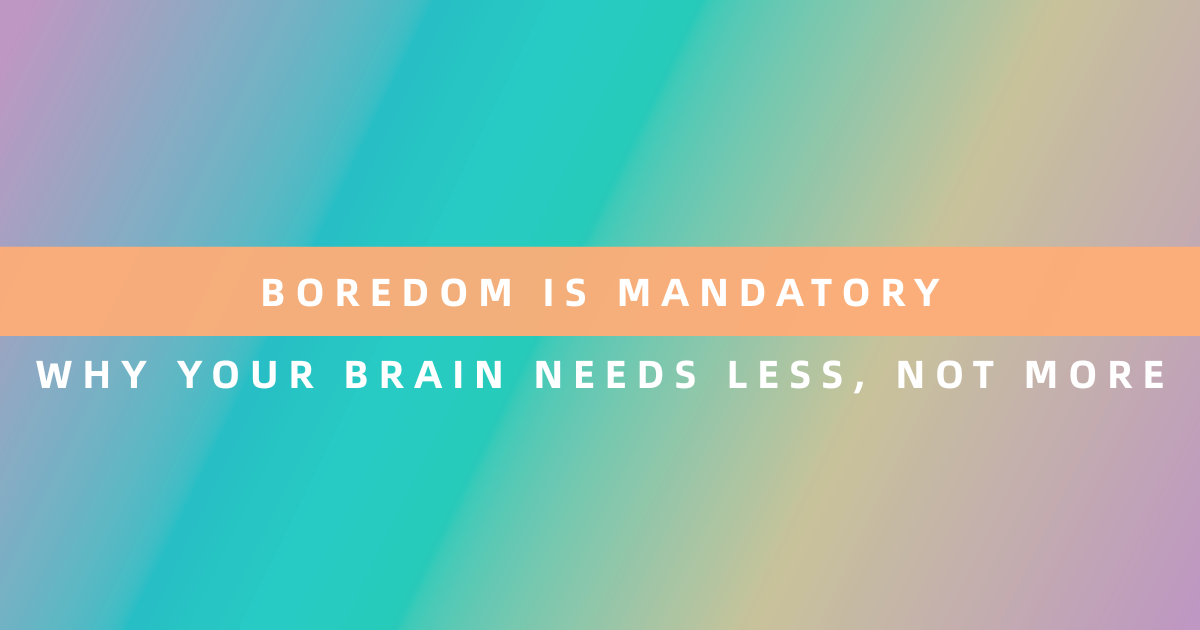Every 44 seconds, someone dies by suicide [1]. Behind that number are stories of people who felt they had nowhere to turn. At the same time, countless others are discovering hope through small but powerful connections made possible by both technology and human care. Mental health challenges affect one in eight people across the world [2], yet barriers like long waiting times, distance, and stigma often leave many feeling isolated. What is beginning to change, however, is the way support is offered. Broad research supports the idea that close friendships and relationships help people feel understood, trusted, and more willing to seek help. People with strong connections are often more motivated and supported when they face mental health challenges [3]. This understanding is reshaping mental health support, showing that care can extend beyond clinics and hospitals, meeting people where they are and offering strength in moments when it matters most.
The Current Mental Health Landscape
The scope of mental health challenges today is wider than many realize. According to a new data release by the WHO, over one billion people are living with conditions such as anxiety and depression [4]. These illnesses have become leading causes of disability worldwide [5], yet treatment often remains out of reach. In many lower-income countries, most people who need care never receive it. Even in wealthier nations, a large portion still goes untreated. This gap in support leaves families carrying the weight of struggles that could be eased with timely intervention.
In the United States, the percentage of adults reporting anxiety rose from 15.6% in 2019 to 18.2% in 2022, and depression symptoms climbed from 18.5% to 21.4% during the same period [6]. Meanwhile, college surveys offer an even closer look at how deeply this affects daily life. Nearly three out of four students say that school feels overwhelming, and more than half report skipping classes, failing tests, or even dropping out due to their mental health struggles [7].
Parents are feeling the pressure, too. In one report, more than 48% of parents said they feel completely overwhelmed by stress, and 41% said they struggle to function on most days [8].
Loneliness deepens the challenge. Researchers have found strong links between persistent isolation and higher risks of depression, anxiety, and even early death. The opposite is also true [9]. Studies that have followed people across their lifetimes show that supportive relationships act as a protective factor [10]. Those who stay connected to family, friends, or community are healthier, more resilient, and often live longer. Connection itself is proving to be one of the most powerful tools for mental well-being.
Technology as a Bridge, Not a Barrier
Modern mental health support leverages technology to enhance rather than replace human connection. Digital platforms now offer:
- – 24/7 Accessibility: Support becomes available whenever someone needs it, eliminating the constraints of traditional office hours
- – Privacy and Safety: Many find it easier to open up through digital channels initially, building confidence for deeper connections
- – Personalized Approaches: AI-powered tools can identify patterns and suggest tailored support strategies with licensed professional oversight.
- – Community Building: Online spaces connect individuals with shared experiences, reducing feelings of isolation
Studies show that a large majority of young adults, around 73 percent, report being satisfied with mental health care received through telehealth [11]. However, only about a quarter say they would choose it over in-person consultations. This suggests that digital platforms are valuable for access and convenience, but human connection remains central to care. Instead of replacing one with the other, blending both approaches can create stronger pathways to support.
The Human Element Remains Essential
While technology provides unprecedented access and tools, the human element remains irreplaceable in mental health support. Empathy, understanding, and genuine care cannot be automated. The most effective support systems recognize this truth, using technology to amplify human compassion rather than substitute for it.
Mental health professionals report that digital tools allow them to:
- – Track progress between sessions more effectively
- – Provide timely interventions when warning signs appear
- – Maintain connection with clients during challenging periods
This vision becomes reality through integrated approaches that combine technological innovation with human expertise.
How Modern Support Systems Work
Today’s most effective mental health platforms create ecosystems of care that include:
1. AI Enhanced Understanding
- – Natural language processing helps identify emotional patterns in daily communications
- – Predictive analytics flags potential concerns before they escalate
- – Personalized insights guide both individuals and their support networks
2. Collaborative Care Models
- – Clients maintain agency in their healing journey
- – [Providers receive comprehensive insights to inform treatment
- – Families and support networks engage meaningfully in the process
3. Continuous Connection
- – Daily check-ins through user-friendly interfaces
- – Real-time mood tracking with actionable insights
- – Crisis support is available at critical moments
4. Cultural Sensitivity
- – Multilingual support options
- – Culturally informed care approaches
- – Respect for diverse healing traditions
Real Impact Through Innovation
Breaking Down Barriers
Traditional barriers to mental health support continue to dissolve through innovative approaches:
Geographic Limitations: Rural communities gain access to specialized care previously available only in urban centers.
Financial Constraints: Scalable digital solutions make quality support more affordable and accessible.
Cultural Stigma: Anonymous initial engagement options help individuals take first steps toward healing.
Time Restrictions: Flexible scheduling and asynchronous support accommodate diverse lifestyles and obligations.
Building Sustainable Support Networks
The future of mental health care emphasizes prevention and early intervention through:
- – Education: Widespread mental health literacy programs delivered through accessible platforms
- – Early Detection: AI-powered screening tools identify risk factors before crisis points
- – Community Engagement: Digital spaces foster peer support and shared healing journeys
- – Professional Development: Technology enhances provider training and supervision
For Those Seeking Support
Your journey toward mental wellness deserves comprehensive support that honors both your struggles and your strength. Modern platforms like Theryo offer collaborative approaches that put you at the center of your care, combining AI-powered insights with genuine human connection.
For Those Supporting Others
Your desire to help makes a difference. Learn how to:
- – Recognize early warning signs in loved ones
- – Engage in supportive conversations without judgment
- – Connect people with appropriate resources
- – Maintain your own well-being while supporting others
Support, however, is not one-size-fits-all. What feels safe and caring in one culture may feel unfamiliar or even uncomfortable in another. If you want to deepen your understanding, our blog, “Respecting Cultural Differences While Promoting Mental Health,” offers practical ways to approach conversations with sensitivity and respect.
For Mental Health Professionals
Enhance your practice with tools that amplify your expertise:
- – Gain deeper insights into client experiences between sessions
- – Track progress with sophisticated analytics
- – Collaborate more effectively with client support networks
- – Reduce administrative burden to focus on healing
For Organizations and Communities
Create environments where mental wellness thrives:
- – Implement comprehensive support systems for employees or members
- – Reduce stigma through education and open dialogue
- – Measure and improve mental health outcomes
- – Build cultures of care and connection
Learn how your organization can lead in mental health innovation. Connect with us to learn more.
Every action, no matter how small, contributes to a world where mental health support is accessible, effective, and compassionate. The bridges we build today through technology and human connection create pathways to hope for countless individuals tomorrow.
Your mental well-being matters. Take the first step toward comprehensive support with Theryo’s collaborative mental health platform because healing happens best when we work together.
Frequently Asked Questions
1. How does technology enhance rather than replace human connection in mental health support?
Technology serves as a tool to strengthen human connections by removing barriers like distance, time constraints, and initial hesitation. Digital platforms facilitate more frequent touchpoints between individuals and their support networks, provide valuable insights to enhance understanding, and create safe spaces for initial engagement. The goal is always to deepen human relationships and improve the quality of care, not to substitute genuine human empathy and connection.
2. What makes modern mental health platforms different from traditional therapy alone?
Modern platforms integrate continuous support between sessions, data-driven insights, and collaborative features that involve support networks. Unlike traditional weekly therapy sessions, these platforms offer daily engagement opportunities, real-time mood tracking, and AI-powered pattern recognition that helps both clients and providers understand progress more comprehensively. They complement rather than replace traditional therapy.
3. How do AI-powered mental health tools maintain privacy and confidentiality?
Leading mental health platforms implement multiple layers of security, including end-to-end encryption, HIPAA compliance, and strict data governance policies. AI systems analyze patterns without storing personally identifiable information, and users maintain control over what information they share and with whom. Regular security audits and compliance certifications ensure ongoing protection of sensitive information.
4. Can digital mental health support help during crises?
Yes, many platforms include crisis intervention features such as 24/7 helpline access, immediate connection to crisis counselors, and automated alerts to designated support persons when concerning patterns emerge. These tools supplement traditional crisis services by providing immediate support while connecting individuals to appropriate emergency resources when needed.
5. What role do family members and friends play in technology-enhanced mental health support?
Modern platforms recognize that healing happens within communities. They provide features for involving trusted supporters, sharing progress updates with consent, and educating family members about effective support strategies. This collaborative approach ensures individuals receive consistent support while maintaining control over their privacy and treatment decisions.
6. How accessible are these platforms for people with limited technology experience?
Leading mental health platforms prioritize user-friendly design with intuitive interfaces, clear navigation, and multiple support options. Many offer tutorials, customer support, and simplified versions for those less comfortable with technology. The goal is to make mental health support accessible to everyone, regardless of technical expertise.
7. What evidence supports the effectiveness of technology-enhanced mental health care?
Numerous peer-reviewed studies demonstrate positive outcomes, including increased treatment engagement, improved symptom management, and higher satisfaction rates. Research shows that combining technology with traditional care often produces better results than either approach alone, particularly for conditions like depression and anxiety.
8. How do these platforms address cultural differences in mental health approaches?
Effective platforms incorporate cultural competency through multilingual support, diverse provider networks, and customizable approaches that respect different healing traditions. They recognize that mental health manifests differently across cultures and provide flexible frameworks that honor these differences while ensuring effective care.
9. What costs are associated with technology-enhanced mental health support?
Costs vary widely depending on the features and services selected. Many platforms offer tiered pricing, including free basic features, affordable premium options, and comprehensive plans for those needing intensive support. Some accept insurance coverage, and many provide sliding scale fees or financial assistance programs to ensure accessibility.
10. How can someone determine if technology-enhanced mental health support is right for them?
Consider factors such as comfort with digital tools, preference for continuous versus episodic support, a desire for data-driven insights, and the importance of involving support networks. Many platforms offer free trials or consultations to help individuals determine fit. The key is finding an approach that aligns with personal preferences and treatment goals.
11. What safeguards exist to prevent technology from replacing necessary human intervention?
Ethical platforms implement clear protocols for identifying when human intervention is essential. AI systems are designed to flag concerns for human review, never to make autonomous treatment decisions. Regular quality assessments ensure technology enhances rather than diminishes the human elements of care, and professional oversight remains constant.
12. How do these platforms support mental health providers rather than burden them with more technology?
Well-designed platforms reduce administrative tasks, provide valuable insights that inform treatment, and facilitate better communication with clients between sessions. They offer training and support to help providers integrate tools effectively, ultimately saving time and improving care quality rather than adding complexity to practice.
References
[1] https://press.un.org/en/2020/sgsm20313.
[2]https://www.who.int/news-room/fact-sheets/detail/mental-disorders
[3]https://www.sciencedirect.com/science/article/pii/S2666560324000628
[6]https://www.cdc.gov/nchs/data/nhsr/nhsr213.pdf
[7]https://www.harmonyhit.com/college-student-mental-health-stats/
[8]https://www.forhers.com/news/parents-struggling-with-mental-health
[9]https://www.hhs.gov/sites/default/files/surgeon-general-social-connection-advisory.pdf







